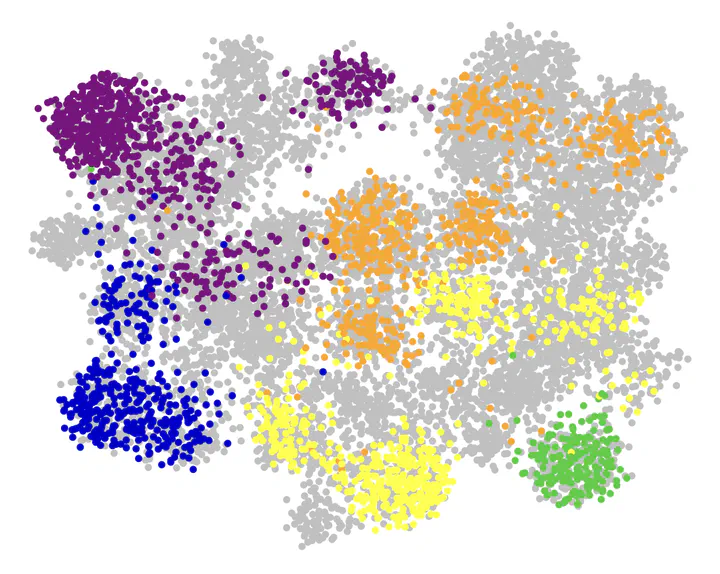ML for Visualization
Oct 4, 2021
·
1 min read

This project explores how autoencoders can improve the visualization of spatial ensembles by extracting meaningful features before applying dimensionality reduction techniques like UMAP. The goal is to create more expressive 2D projections that effectively capture spatial structures and spatio-temporal behaviors in ensemble data.
Key Contributions
- Evaluating Autoencoder Variants: We assess how different architectures and parameter settings affect the quality of visualizations.
- Feature Extraction for Projections: Autoencoders significantly enhance UMAP projections, improving how ensemble structures are represented.
- Guided Selection of Autoencoders: We propose a method to select the best autoencoder configuration based on projection metrics.
- Efficient Labeling Strategy: Instead of labeling the entire dataset, we show that a small subset of labeled ensemble members is enough for selecting an effective autoencoder.
Applications
The project applies this approach to two different ensemble datasets:
- Geological Data: Channel structures in soil generated using Markov chain Monte Carlo simulations.
- Fluid Dynamics: Time-dependent experimental data on droplet-film interaction.
By leveraging machine learning, this project provides an automated, data-driven approach to improving visualization in ensemble analysis.
For more details and implementation, visit the GitHub repository.